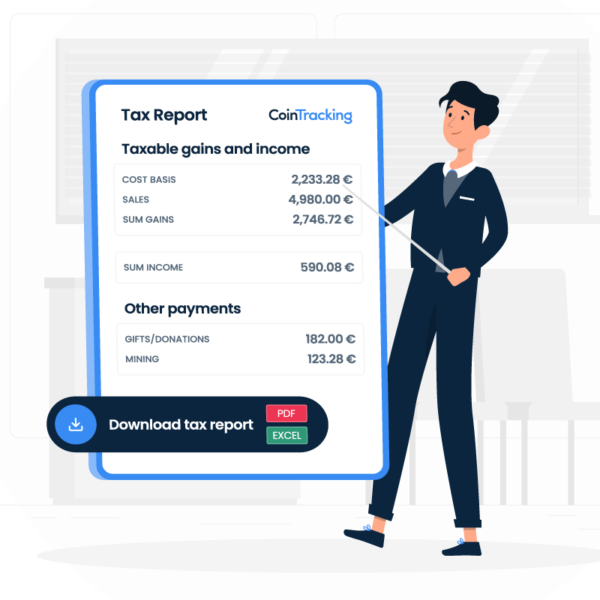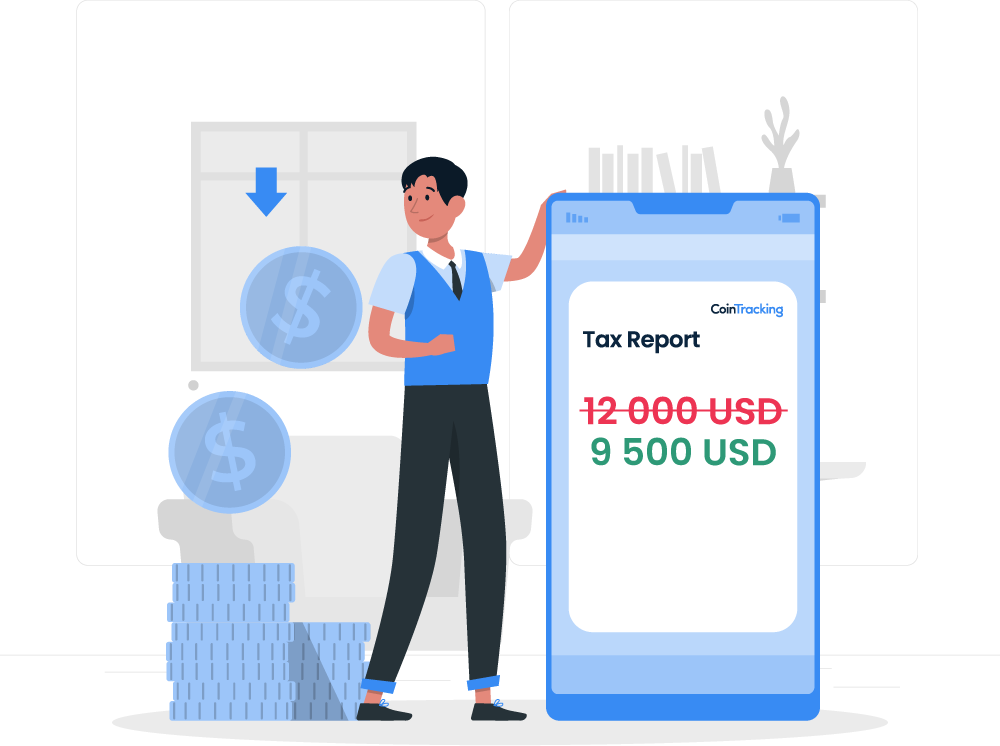The Best Imports = A Reliable Tax Report
A CSV import or API connection to sync all your assets.
Keep your crypto portfolio up to date every day with CoinTracking's import features. Transactions, assets, and fees are automatically categorized for accurate tax report generation.
Crypto Tax Savings
Optimize your crypto taxes with expert-level insights
Use one of 25+ reports to spot tax-advantaged coins on long- and short-term gains, make the most of tax-loss harvesting, and learn how to handle your taxes the smart way.
All The Features You Need
Complete Control Over Your Crypto Portfolio
CoinTracking is great for hobby crypto users, but it truly shines when managing multiple exchanges, wallets, and blockchain addresses or handling complex trades. With custom tax settings, you can find the best tax scenario for your needs.























